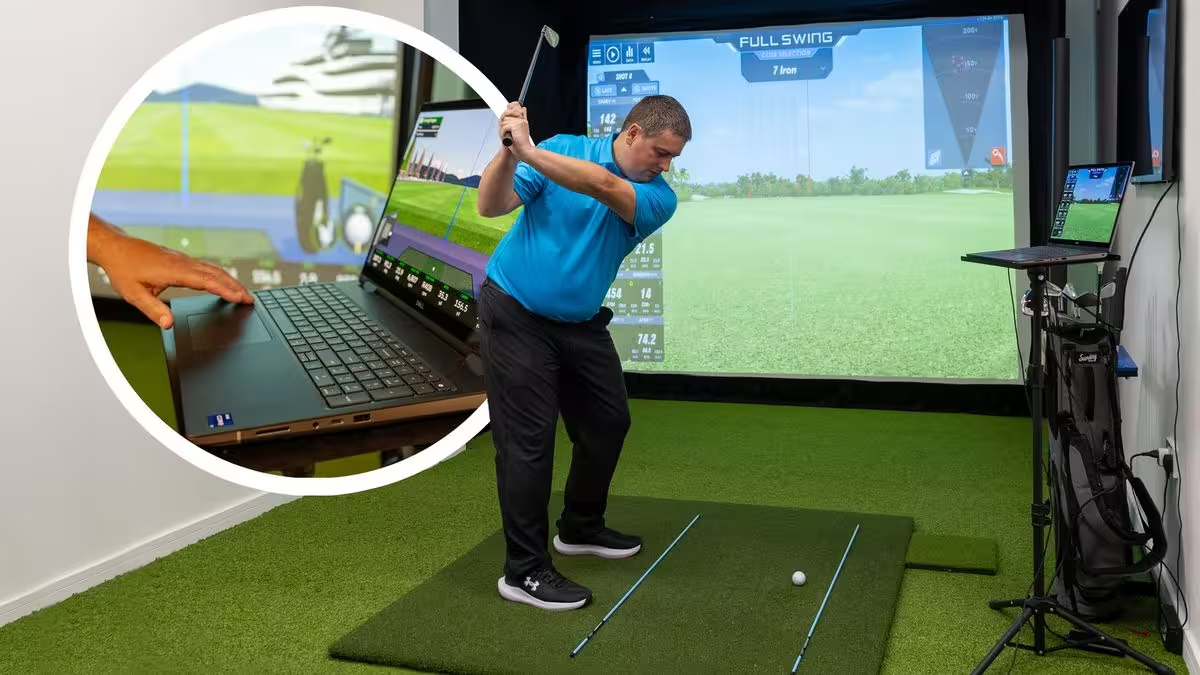I have spent the entire golf season trying to reduce my handicap and in recent weeks I have finally started to play my best golf, but it’s come at the worse possible time. The nights are drawing in and the weather means there are less and less opportunities to get out on the golf course. Losing form over the winter is a fear that many golfers have, but you don’t have to resign yourself to a full restart come spring.
When it’s not possible to get to the range, or poor weather puts you off hitting balls, there’s always the indoor option. Practising inside on a state-of-the-art simulator has certain advantages over an outdoor range, such as being able to work on your game long after the sun has set. The biggest benefit, though, is the feedback you get, as simulators open up a world of data you can use to improve your game…
6 Ways Practicing In A Golf Simulator Can Improve Your Game
If you haven’t used a golf simulator before, or aren’t sure about how they could help your game, these six benefits will demonstrate just how important this innovative technology could be to boosting your improvement.
Whether you decide to invest in your own home golf simulator, or opt to head out to a local indoor golf facility, getting in those extra reps could have you in peak condition just as competition season rolls back around in 2025…
1. Establishing Patterns
You can hit balls all day on the range and have a general idea of what you’re struggling with – maybe a push shot with your irons or a big slice with your driver. The simulator gives you facts. You might think you’ve been hitting it all over the place, but in among the bad stuff you’ll be able to see a pattern, so you come to better understand your game in terms of shot shape, trajectory and how far you hit each club. Knowing your game better can help you improve your course management and shoot lower scores.
2. Understanding Launch And Spin
Each club in the bag launches the ball at a different angle and with a different amount of spin. Let’s say you launch your irons quite high; you could be hitting a 6-iron more like an 8-iron. You might also be spinning your irons more. In both cases, the distance you hit the ball is going to be shorter.
Working on a simulator will help you to establish what it is that might be causing you to launch your irons so high, or spin the ball more, such as attack angle. You might need a teaching pro to help you make sense of the data, but knowing what the numbers mean can…
..
Click Here to Read the Full Original Article at Golf Monthly…
